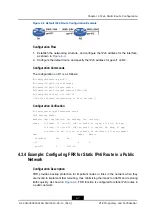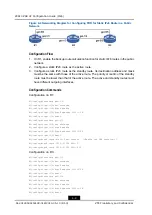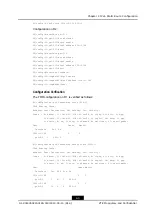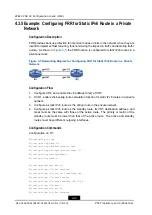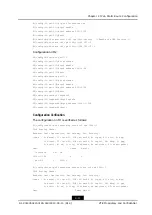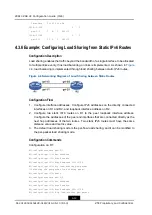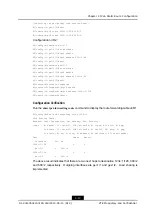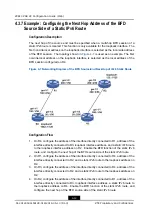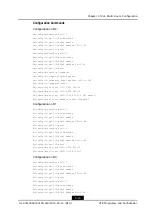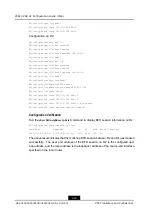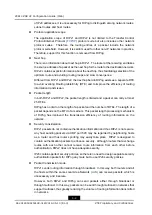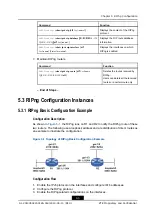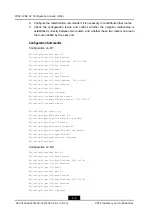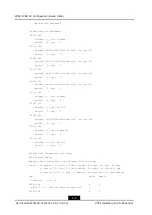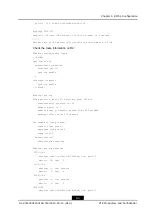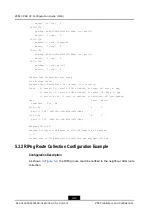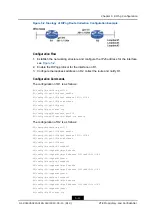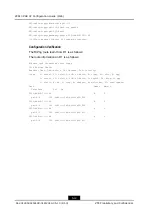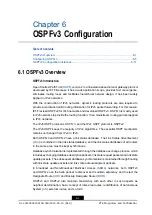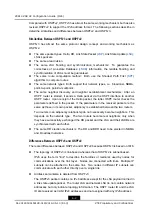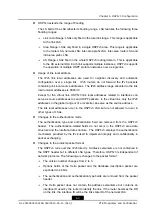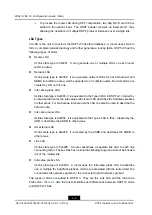
Chapter 5
RIPng Configuration
Table of Contents
5.1 RIPng Overview
RIPng Introduction
The Routing Information Protocol (
) is widely applied as a mature routing standard on
the Internet, especially on some small-scale and medium-scale networks. Considering
this situation and the compatibility between RIP and IPv6, the Internet Engineering Task
Force (
) altered the existing technology and set an RIP standard under IPv6, that is,
RIP next generation (
RIPng is a User Datagram Protocol (
)-based protocol using port 521 to transmit and
receive data packets. In general, RIPng packets are classified into two categories: routing
information packets and request packets.
RIPng and RIP
RIPng is not intended to create a completely new protocol but to make necessary alteration
to the RIP to enable it to adapt to the routing requirements under IPv6. Therefore, RIPng
has the same working principles as the RIP, except for changes in the address and packet
formats.
l
Address length
RIPv1 and RIPv2 are IPv4-based. The address field consists of only 32 bits. In
contrast, RIPng is IPv6-based and all its addresses comprise 128 bits.
l
Subnet mask and prefix length
RIPv1 is designed for use in subnet-free networks and thus does not involve
the subnet mask concept. For this reason, RIPv1 cannot be used to propagate
variable-length subnet addresses or CIDR classless addresses. The support for
subnet routing is added to RIPv2, so it can use subnet masks to distinguish between
network routes and subnet routes.
IPv6 address prefixes have express meanings. Therefore, RIPng no longer involves
the subnet mask concept but uses the prefix length instead. Similarly, due to the use
5-1
SJ-20140504150128-018|2014-05-10 (R1.0)
ZTE Proprietary and Confidential





